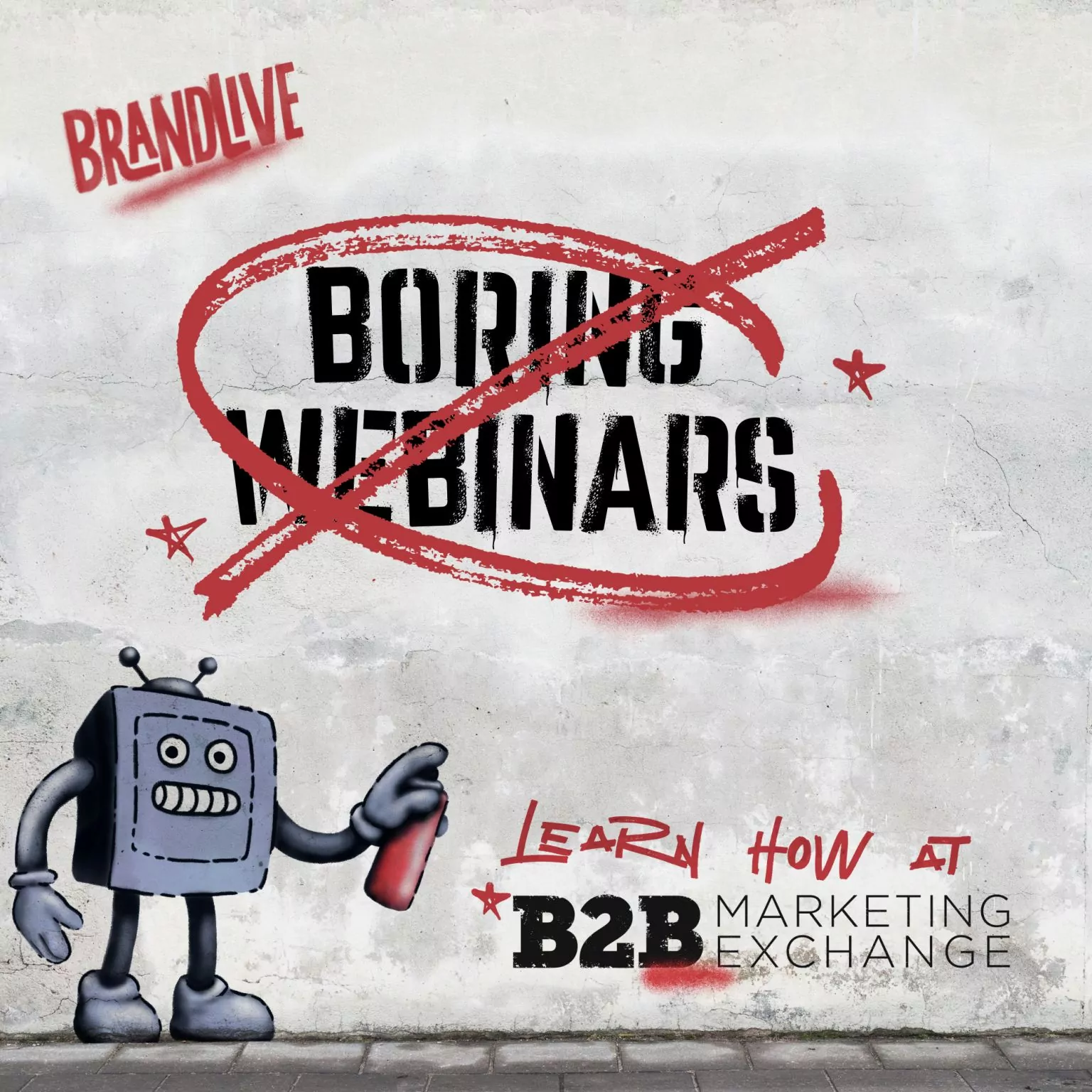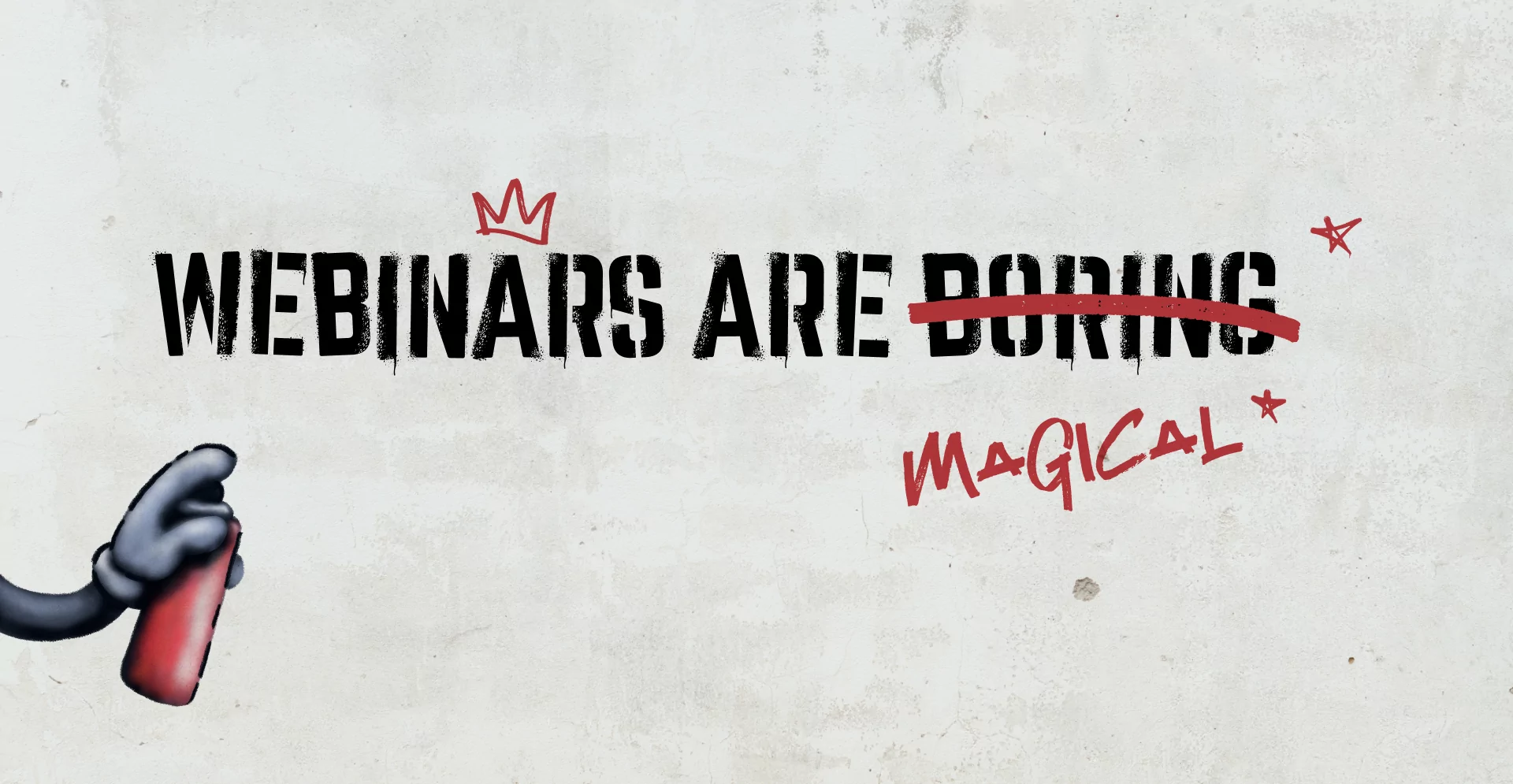5 Ways Showrunners Can Execute Effective Virtual Events and Webinars
There’s no denying a showrunner has a lot on their plate. From the theme of the event, to keeping the speakers and segments on track, to facilitating audience engagement – there are a lot of details that go into running a successful virtual event.
Choose a theme for your event – and stick to it.
Your event or webinar needs to have a cohesive look and feel that will bring your message together through the other creative elements that’ll make your webinar go wow.
Think about how you want your audience to feel when considering the theme of your show, and brainstorm ideas for the creative you’ll use throughout by using a mood board to start solidifying the vibe. Remember that the best brands theme their webinars front to back; the casting, message, graphics, set, music, and energy all work together. The showrunner is especially helpful here when many different voices come into the fray. During webinars when there are a lot of elements in play, discrepancies in tone and theme can sprout up quickly. It’s the showrunner’s responsibility to see what works, see what doesn’t, assess creative accordingly, and decide what works with the original theme.
Showrunners make bold and aligned creative decisions.
Showrunners help to determine the creative direction that will engage the audience with visuals that align with the theme. Telling your story with the skillful use of color and emotion all go into how you can energize the audience and tie everything back to your message.
Music can also be a perfect way to cut between segments or graphics to add some more personality to your webinar. You can use on-theme, attention-grabbing sound bites to make all your segments feel fresh and keep the audience on the edge of their seats.
Be deliberate about segment lengths.
Every great event consists of segments: that is, the 5 to 20-minute pieces of content that make up a full show. They create a natural flow and bring in organic variety within your event.
In today’s world of short attention spans and never-ending distractions, it’s important to be concise, which is why segments help to put parameters around your speakers and topics, all in an effort to stay laser-focused on the purpose of your webinar. Exceptional showrunners, then, know how to keep speakers focused on their topic, or to gracefully start to wind down a conversation when they see their time is going over – all to ensure that the segments are the right length of time for maximum audience engagement.































